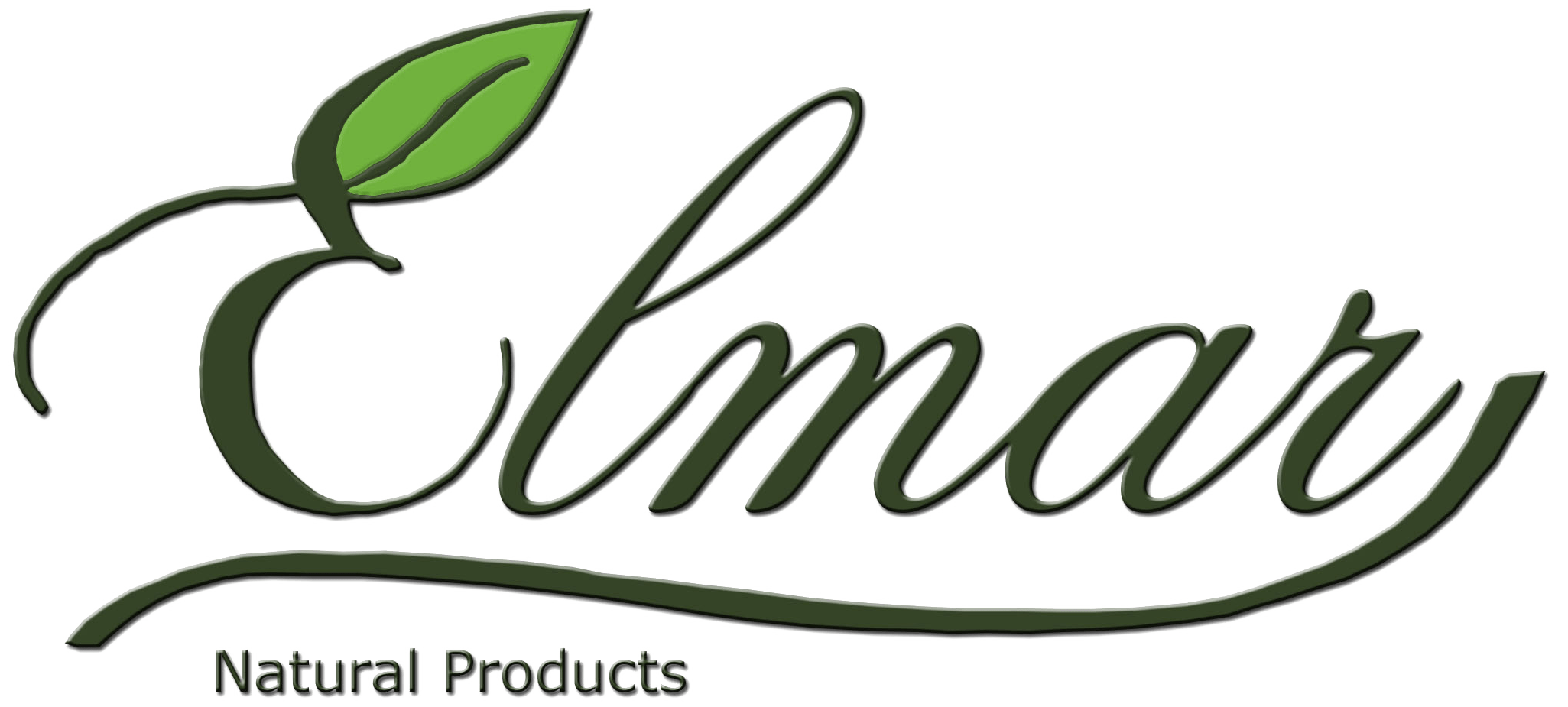According to the General Department of Forestry, Vietnam’s cinnamon growing area is increasing very fast. It is expected that the export value of 2022 will reach 276 million USD, but the cinnamon planting is mainly spontaneous, not following any planning, affecting the possibility of sustainable development.
Vietnam’s total area of cinnamon is about 170,000 ha, focused on provinces such as Lao Cai (53.3 thousand ha), Yen Bai (81 thousand ha), and Quang Nam (about 15 thousand ha). These three provinces account for about 70% of the total area of cinnamon in the country. The annual production of cinnamon shells is estimated at 900 thousand – 1.2 million tonnes, of which the average harvest is 70 – 80 thousand tonnes per year.

Vietnamese cinnamon products are being exported to many markets. (Photo: Internet)
Vietnam’s value of cinnamon exports continuously increases, reaching 245.4 million USD in 2020 and 274 million USD in 2021. It is expected that by 2022, the export value of cinnamon will be about 276 million USD. The main markets for Vietnamese cinnamon are India and the United States. The export value to these two markets is 90.7 million USD and 54.2 million USD, respectively.
 Many people grow cinnamon spontaneously without planning. (Photo: Internet)
Many people grow cinnamon spontaneously without planning. (Photo: Internet)
At the Vietnam Sustainable Cinnamon Development Workshop on November 4, Mr. Nguyen Van Dien, Director of the Department of Forestry Production Development, General Department of Forestry, said that: At present, the cinnamon growing area is increasing very quickly. In some locations, people grow cinnamon spontaneously, not under any planning. Without a basic development plan, unsustainable development challenges will emerge.
Another issue is the processing capacity of cooperatives and enterprises. Most cinnamon shell processors buy directly from the collectors and carry out both rough processing (screening, sorting, peeling, and drying) and refined processing (cutting and grinding, removal of metals and residues, and packaging). Technology and capital investment in deep processing to improve the value of products has not been focused.
In the main cinnamon growing provinces today, most of them focus on expanding the area, instead of investing in quality, processing, and market. Out of 170,000 ha ò cinnamon throughout the country, only a small number are recognized as organic, while the product is still concentrated in raw production.
Vietnam has more than 600 companies operating in the spice sector, including cinnamon. However, the companies mainly operate in the commercial field, with little interest in building chains with farmers who grow raw materials.
With the characteristics of the cinnamon industry, the units mainly operate in the family model and small production. Financial resources as well as science and technology are limited. Therefore, despite being assessed as a tree with high economic value, cinnamon in Vietnam only stops at 40 million VND /ha/year in terms of production value.
From the perspective of cinnamon production enterprises, Mr. Huynh Tien Dung, Director of IDH Vietnam said that: The cinnamon industry currently lacks intergovernmental organizations to coordinate production and trade. This reduces the value of Vietnamese cinnamon, which is considered the third-largest cinnamon producing country in the world.
Currently, the Public-Private Working Group on Cinnamon Industry, with the participation of State management agencies, enterprises, and international non-governmental organizations, is in the process of awaiting the approval of the Ministry of Agriculture and Rural Development. This will be a public-private connection to share information, coordinate related activities as well as seek resources to develop the cinnamon industry./.
